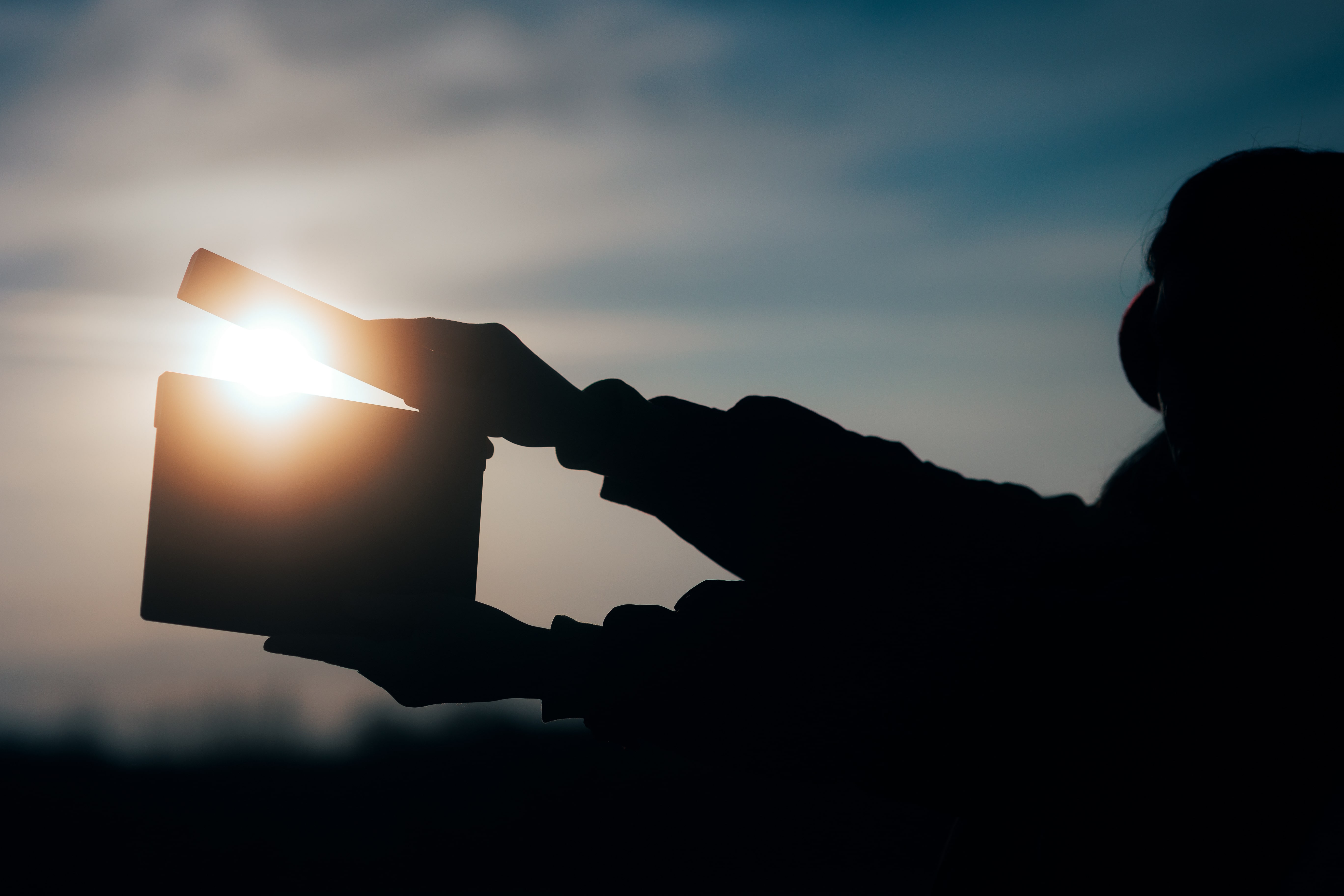More often than not, following world events teaches–or reminds us–that the world can be a hostile and conflicting place. Among the seemingly never-ending news feeds spurting adversity and anger, however, stands a beacon of hope, unity, and appreciation: World Humanitarian Day.
Throughout this significant day on the 19th of August, we are reminded of the role that photographers and visual storytellers play in commemorating those who have made humanitarian sacrifices. Coming from different cultures across the world, photographers and visual artists can be instrumental in bringing issues to the forefront of global consciousness.
Individuals such as Bernard Kalu (b. 1989), for instance, holds a passion for humanity and tells his story through evocative imagery. World Humanitarian Day not only honors those who have dedicated their lives to the pursuit of humanitarianism worldwide but also highlights the stories of their resilience, struggle, and triumph.
While there is no right or wrong way to celebrate or pay your respects, capturing those crucial moments in time serves to honor those who are out there making a difference to those who need it most, highlighting glaring inequalities and injustices in our increasingly divided world.
The Meaning Behind World Humanitarian Day
World Humanitarian Day was established in 2009 to commemorate the 2003 bombing of the United Nations headquarters in Baghdad, which claimed 22 lives, including that of the UN High Commissioner for Human Rights, Sergio Vieira de Mello.
This day serves as a poignant and striking reminder of the humanitarian workers who lost and continue to lose their lives in service, as well as those who dedicate their lives in pursuit of a better, more equitable world. While this day has a sobering reason for its inception, it also serves as a valuable teaching moment for others and an opportunity for us all to raise awareness.
Each year, the commemorative day focuses on different aspects of humanitarian work, whether it’s the plight of civilians navigating life in war-torn countries, the efforts of frontline healthcare workers, or the vital contributions of peaceful protesters. On the 19th of August, we all come together to honor humanitarians worldwide and thank them for saving and protecting lives for their communities.
The Role of Photography in Humanitarian Work
Photography and visual storytelling have long been instrumental in illustrating the power of humanitarian efforts. Photographs can be understood in any language, transcending borders and cultural, social or political differences. Even the most simple images can evocatively convey complex situations or evoke empathetic or inspiring responses that words alone often fail to do.
Humanitarian photography extends beyond simple documentation and candid imagery; it’s about bringing the viewer closer to the subject, helping them see humanitarian workers as worthy of respect and admiration. It’s less about the photograph itself and more about the person or people within it.
On the surface, advocating for a good cause, developing a signature photography style, building a portfolio, traveling to a broad range of locations and capturing photos of these places and experiences is admirable. But for these stories and images to truly resonate and have an impact, they must be deeply focused on people.
Challenges and Realities of Humanitarian Photography
Humanitarian photography can no doubt be a deeply enriching and rewarding passion project or career. Photographers must balance their artistic vision with the need to accurately, ethically, and respectfully portray their subjects. They must be mindful too, about using images to raise awareness about sensitive topics like mental health, world poverty, and modern slavery.
If this comes in the form of traveling to and working in challenging or hostile environments, time constraints and developing risks can no doubt influence the speed and accuracy of the photos. On the flip side, if such a moment is captured in time with the right precision, the emotional response can be amplified.
Ethical considerations go hand in hand with humanitarian storytelling. There is a fine line between raising awareness and potentially exploiting individuals who may be seen as vulnerable or exposed, and who may not be able to appropriately give consent. Respect for subjects and accurate representation are key principles that guide professional and responsible photography in humanitarian contexts.
The Impact of Humanitarian Photography
History has been riddled with powerful imagery that immerses viewers and sends them back in time to a previous world vastly different to the one they know today. Certain images have become synonymous with humanitarian causes and initiatives, whether it’s Roger Fenton’s The Valley of the Shadow of Death, Nick Ut’s Napalm Girl taken during the Vietnam War, or Lynsey Addario’s poignant shot of a Ukrainian mother and children following Russia’s assault on Kyiv, and many others.
These photographs don’t just document events as they happen, they spark global conversations and trigger emotional responses, and have remained constants as time has worn on. In recent years, such photos encapsulating tragic events and evolving geopolitical conflicts have played crucial roles in mobilizing aid and support.
Pairing a human face with complex global issues makes distant overseas problems feel increasingly more personal and thought-provoking, compelling more viewers to take action.
Tips for Aspiring Humanitarian Photographers
Those who are inspired to pursue humanitarian photography are in a good position to start today. Building a strong portfolio is crucial, and starting locally, documenting social issues, community initiatives and similar situations in your own area will allow you to develop your eye for storytelling through images.
Over time, the technical details of camera work, such as understanding composition, aperture, lenses, depth of field, and more will become more natural. This will allow you to refine and build on your existing skill set and equipment to find the right style that suits you.
Equally vital are soft skills for humanitarian storytelling. You must be willing to exercise cultural empathy, political impartiality, sensitivity, and the ability to build a rapport with your subject(s) quickly and decisively. Not every subject will be receptive to having their pictures taken, and depending on the context, you may have to bear this in mind. Building your confidence in approaching and dealing with subjects in a mannered way will come with time, and networking, workshops, and consulting with fellow humanitarian photographers will all be assets to you.
It’s worth noting that aspiring photographers should be prepared to be dealt a particularly heavy emotional hand. Witnessing fellow humans suffering from a broad array of issues–physical or mental–can take an emotional toll, meaning that self-care and resilience are essential if you are to progress in this field.
Creating Your Humanitarian Photography Portfolio
To promote and demonstrate your broad portfolio of work, you need to establish a strong online presence. Online platforms give you the chance to tell your subjects’ stories in a defined, clear narrative to a wider audience. Documentary photographers leverage platforms like Format to showcase their work effectively, giving you plenty of customization options for branding and portfolio layout but also features to help you manage your projects with ease.
As we acknowledge World Humanitarian Day, let’s remind ourselves once again of how photography has the power to bridge divides and inspire empathy, which many would argue is glaringly missing from many conversations today. For photographers looking to get started in the humanitarian space, Format offers an ideal platform to do just that. Start your free 14-day trial today and join a vibrant community of like-minded photographers keen on making a pivotal and meaningful difference.












